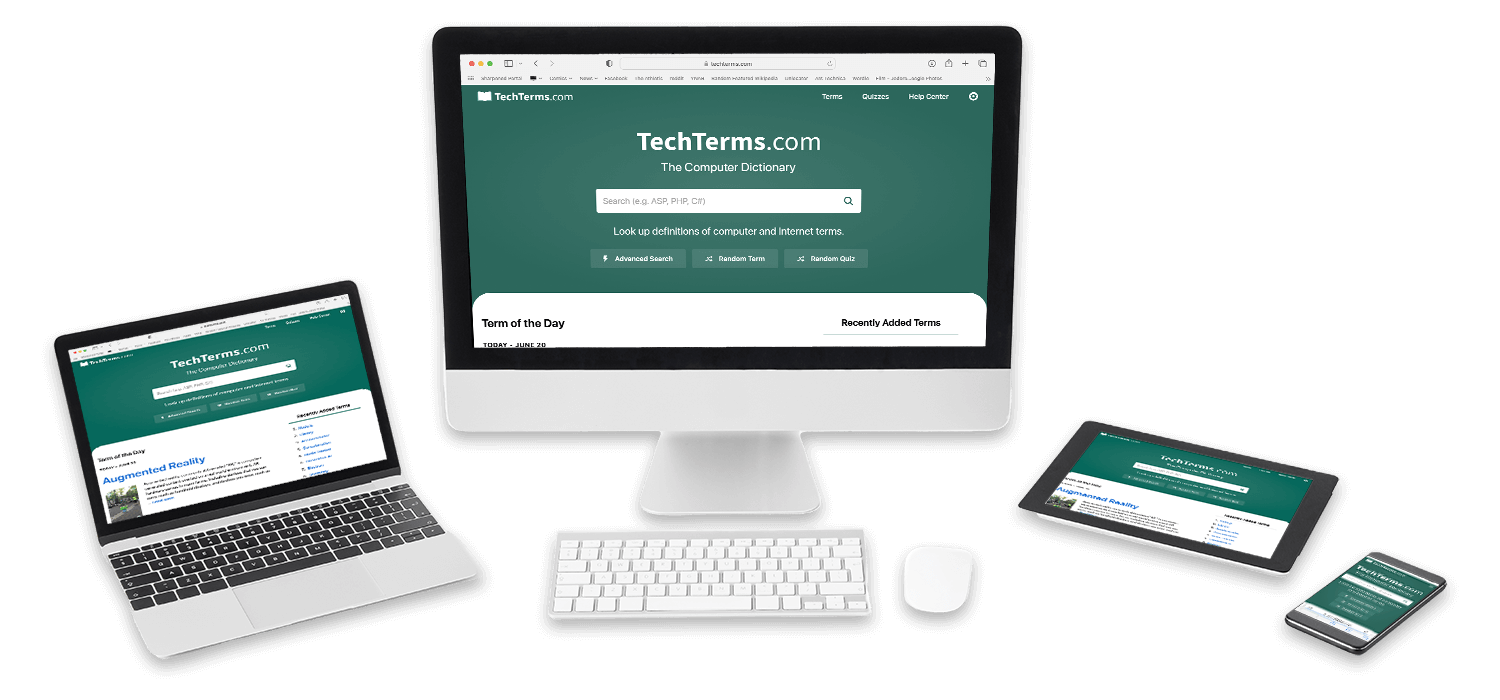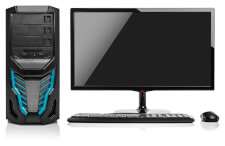Computer
A computer is a programmable machine capable of executing a programmed list of instructions, accepting input, and returning output. While many mechanical devices can technically function as computers, the term commonly refers to digital electronic computers.
All computers are a combination of hardware and software that are useless without each other. The term "hardware" refers to the physical parts of a computer, while "software" refers to the programs that tell the hardware what to do. All computers include a common set of hardware components:
- A motherboard is a printed circuit board that connects every other component via communication pathways called buses.
- A CPU performs data processing functions and serves as the "brain" of the computer.
- System memory stores temporary data for the CPU to access quickly, like active programs and open files.
- A storage disk provides long-term data storage, keeping applications and files available for access when needed.
Other components can expand the computer's capabilities. Video cards connect a computer to a monitor, draw the user interface, render 3D graphics, and decode compressed video. Input devices like keyboards, mice, and touchscreens give a computer's user a way to interact with it and issue commands. Network adapters let a computer talk to other computers over a local network or the internet. USB ports and other external interfaces allow you to connect peripherals.

The most important software running on a computer is its operating system. This software communicates directly with the computer's hardware and allows other software applications to run. The combination of a computer's hardware architecture and operating system is known as a platform. Computers that share a platform can often run the same programs as each other.
Computer Form Factors
Computers come in several shapes and sizes, known as form factors. Some form factors allow a computer's owner to customize its hardware configuration, while others are tightly-integrated devices.
- Desktop computers are modular personal computers made up of discrete components assembled inside a chassis. A desktop computer's owner may replace or upgrade hardware components to improve a computer's performance. Desktop computers connect to external displays and input devices.
- Laptops are tightly integrated portable personal computers whose foldable cases include a monitor, keyboard, and trackpad. They include rechargeable batteries that allow them to run without a constant power connection. Unlike desktops, the hardware is often not replaceable or upgradeable.
- All-in-one computers are a hybrid between desktops and laptops. They're tightly integrated like laptops, and built into a chassis with a large monitor. Like desktops, they require separate input devices like keyboards and mice. They are not portable, but are more compact than desktop computers.
- Smartphones and tablets are even more compact than laptops, integrating a computer and battery behind a touchscreen. While they support external keyboards, most interaction with a smartphone or tablet happens through the touchscreen.
- Rack-mounted computers are often used as dedicated servers. These computers use flat enclosures that fit into standard rack mounts, which can store several computers stacked vertically. These computers often don't connect to monitors, keyboards, or mice — instead, they are controlled and monitored remotely over a network.
- Mainframes and supercomputers are large-scale, high-powered computers designed for computationally-intensive tasks. They can perform far more calculations per second than a personal computer and are used by large organizations for complex data analysis.
 Test Your Knowledge
Test Your Knowledge